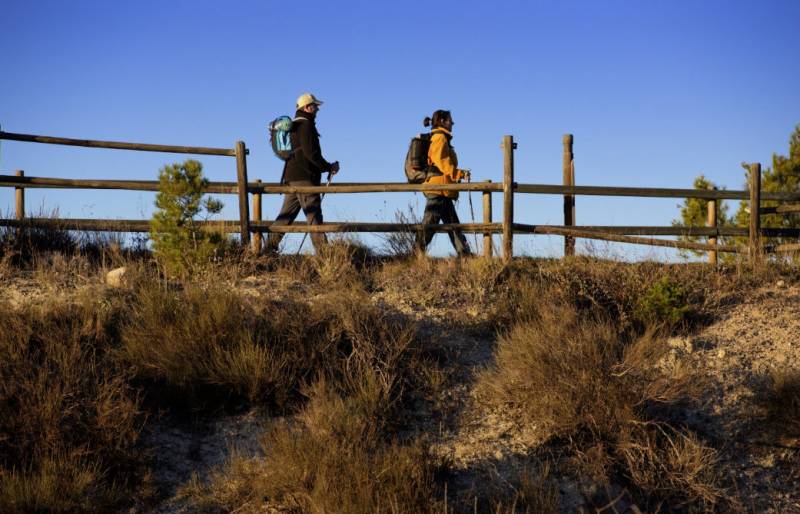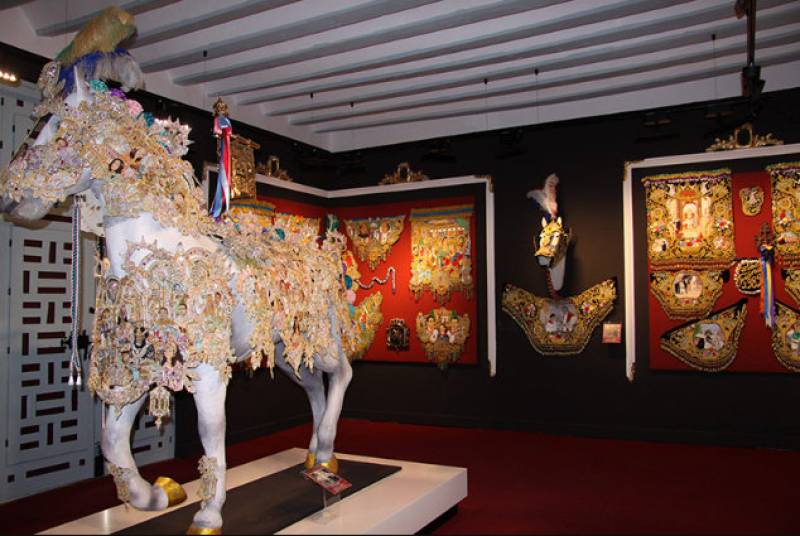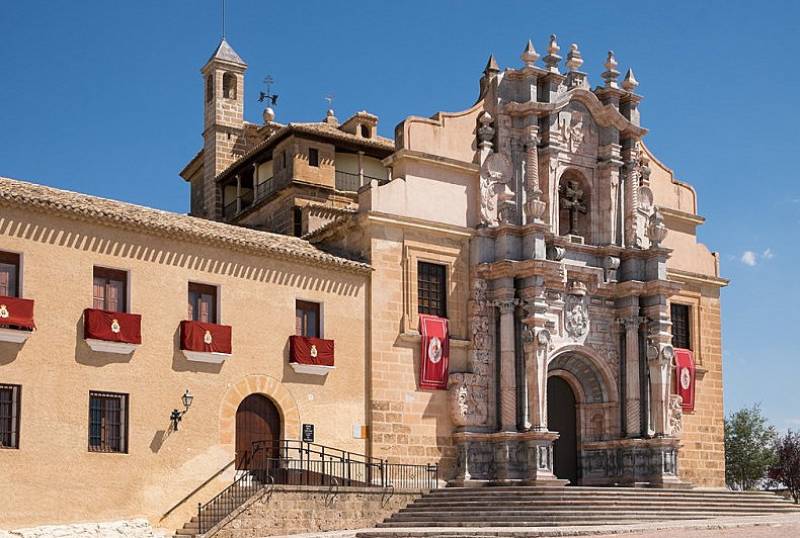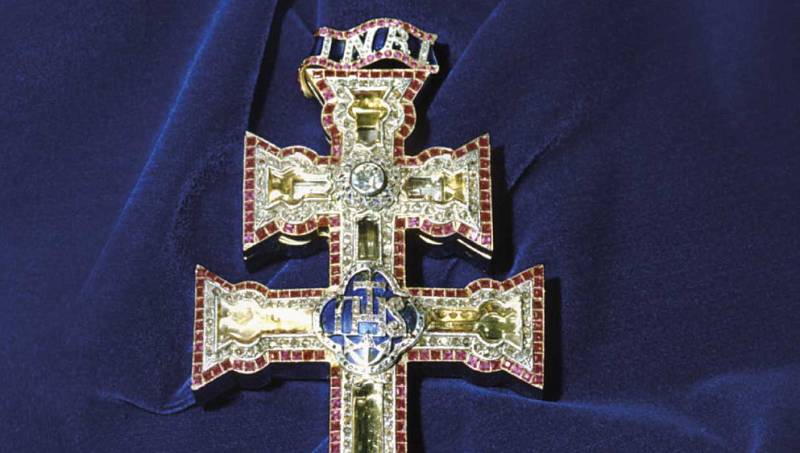

Guidelines for submitting articles to San Javier Today
Hello, and thank you for choosing sanjavier.today to publicise your organisation’s info or event.
San Javier Today is a website set up by Murcia Today specifically for residents of the urbanisation in Southwest Murcia, providing news and information on what’s happening in the local area, which is the largest English-speaking expat area in the Region of Murcia.
When submitting text to be included on San Javier Today, please abide by the following guidelines so we can upload your article as swiftly as possible:
Send an email to editor@spaintodayonline.com or contact@murciatoday.com
Attach the information in a Word Document or Google Doc
Include all relevant points, including:
Who is the organisation running the event?
Where is it happening?
When?
How much does it cost?
Is it necessary to book beforehand, or can people just show up on the day?
…but try not to exceed 300 words
Also attach a photo to illustrate your article, no more than 100kb

7 fascinating facts about the Holy City of Caravaca de la Cruz
Visit Caravaca and experience its extraordinary historical, cultural and spiritual heritage
 One of the greatest treasures in the Region of Murcia, attracting visitors interested in culture, history, nature and the Catholic faith, is in the north-west of the region: the city of Caravaca de la Cruz.
One of the greatest treasures in the Region of Murcia, attracting visitors interested in culture, history, nature and the Catholic faith, is in the north-west of the region: the city of Caravaca de la Cruz.
In 1998 Pope John Paul II awarded to Caravaca the privilege of holding a Holy Jubilee Year every 7 years in perpetuum, and the next one is coming up in 2024. As a result, Murcia is now preparing for a massive influx of pilgrims and hikers making their way to the Santuario de la Santísima y Vera Cruz (the Sanctuary of the Most Holy and True Cross) in Caravaca de la Cruz.
But this is far from being the only item of interest in Caravaca, and the regional tourist board (ITREM) highlights the following curiosities about the city:

1. The most important pilgrimage and walking route which is followed to Caravaca de la Cruz begins in Orihuela and is called the “Camino de Levante”. This is perhaps the most authentic and genuine Holy Jubilee Year experience, taking walkers through the natural heritage of the southernmost part of Alicante and then the Region of Murcia in five stages.

2. The famous Running of the Wine Horses takes place every year in Caravaca de la Cruz on May 2, but the splendour, history and beauty of the event can be seen all year round in the Casa-Museo de los Caballos del Vino. Here you can learn about the origins of this curious local fiesta as well as its growth in popularity in recent years, following its being awarded Intangible World Heritage status by UNESCO.
3. Another of the most moving elements of the annual fiestas in Caravaca, which are held in honour of the Most Holy and True Cross, is the “Cruz de los Impedidos”, which takes place in the mornings of May 4 and 5. This is when the “Lignum Crucis” (the fragment of the cross on which Jesus died) is taken to the homes of the sick and infirm in the city who are unable to visit the sanctuary to offer joy, consolation and hope.
 4. The Lignum Crucis came to Caravaca in the 13th century, and although it is not certain how this came about many sources assert that it was the Knights Templar who brought it here. Whether or not this is the case, the presence of the holy relic made the Castilian monarchy even more determined to repopulate the area and to defend it against possible raids from the neighbouring Moorish kingdom in Granada, and for this reason, the Crown handed over responsibility for the protection of the relic to the Templars.
4. The Lignum Crucis came to Caravaca in the 13th century, and although it is not certain how this came about many sources assert that it was the Knights Templar who brought it here. Whether or not this is the case, the presence of the holy relic made the Castilian monarchy even more determined to repopulate the area and to defend it against possible raids from the neighbouring Moorish kingdom in Granada, and for this reason, the Crown handed over responsibility for the protection of the relic to the Templars.

5. However, the Order of the Temple was dissolved by the Pope in 1312 and in 1344 King Alfonso XI of Castilla placed the city under the administration of the Order of Santiago, which continued to administer and rule over Caravaca for the next four hundred years or so.
6. During the 16th century San Juan de la Cruz, a deeply religious mystic poet, visited Caravaca 7 times and left a lasting impression on the City of the Cross. In 1586 he personally founded the monastery of the Barefoot Carmelites, continuing the work of Santa Teresa de Jesús, who had already established a nunnery of the same Order in the city. The works of these two late medieval saints are considered to represent the high point of experimental Christian mysticism, and although she never visited Caravaca Santa Teresa had strong links with the city.
 7. As well as being a traditional Christian symbol, the Cross of Caravaca is believed to be a protective amulet or talisman, bringing good luck. These beneficiary qualities are held to be enhanced when the cross is received as a gift, rather than purchased directly.
7. As well as being a traditional Christian symbol, the Cross of Caravaca is believed to be a protective amulet or talisman, bringing good luck. These beneficiary qualities are held to be enhanced when the cross is received as a gift, rather than purchased directly.
These are just some of the details and beliefs which concern the Cross of Caravaca, but to experience the unique history and traditions of the city there is no substitute for visiting it yourself. The same is true of one of the most popular local culinary specialities of the city, the “yemas de Caravaca” – a sweet delicacy based on egg yolk coated in chocolate or caramel – but again, no description does justice to the pleasure of trying it in the city it has come to represent!
So make the most of the Holy Jubilee Year and visit Caravaca de la Cruz!
Source: ITREM





